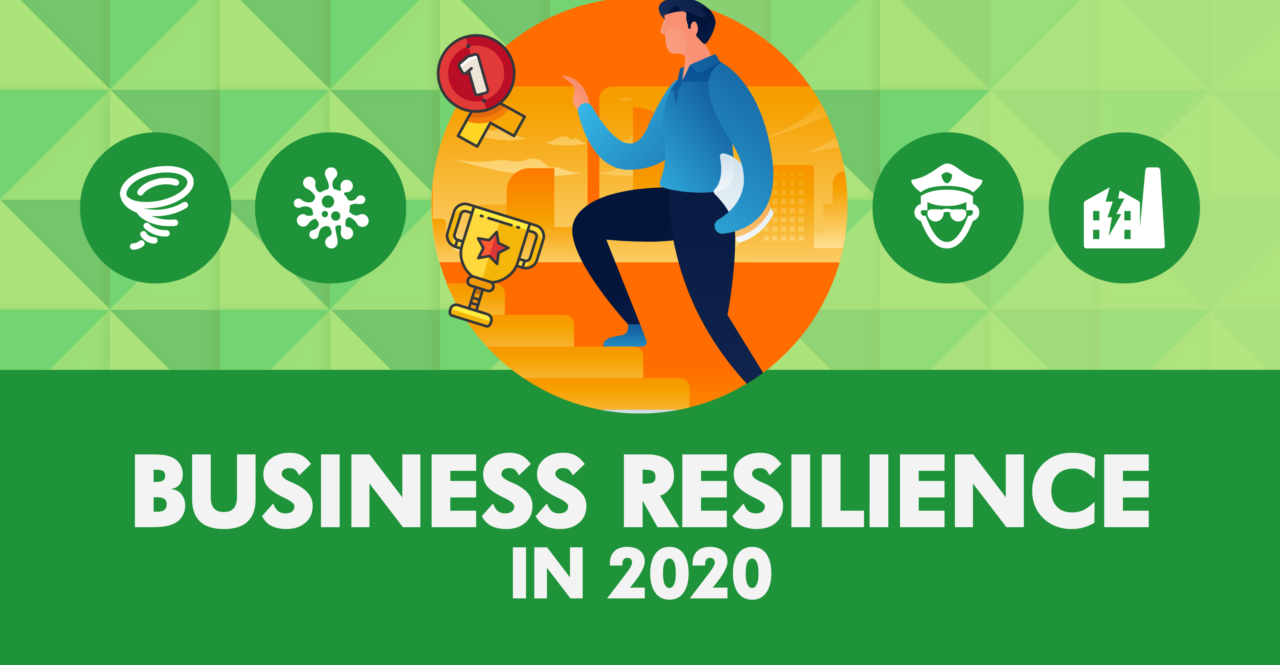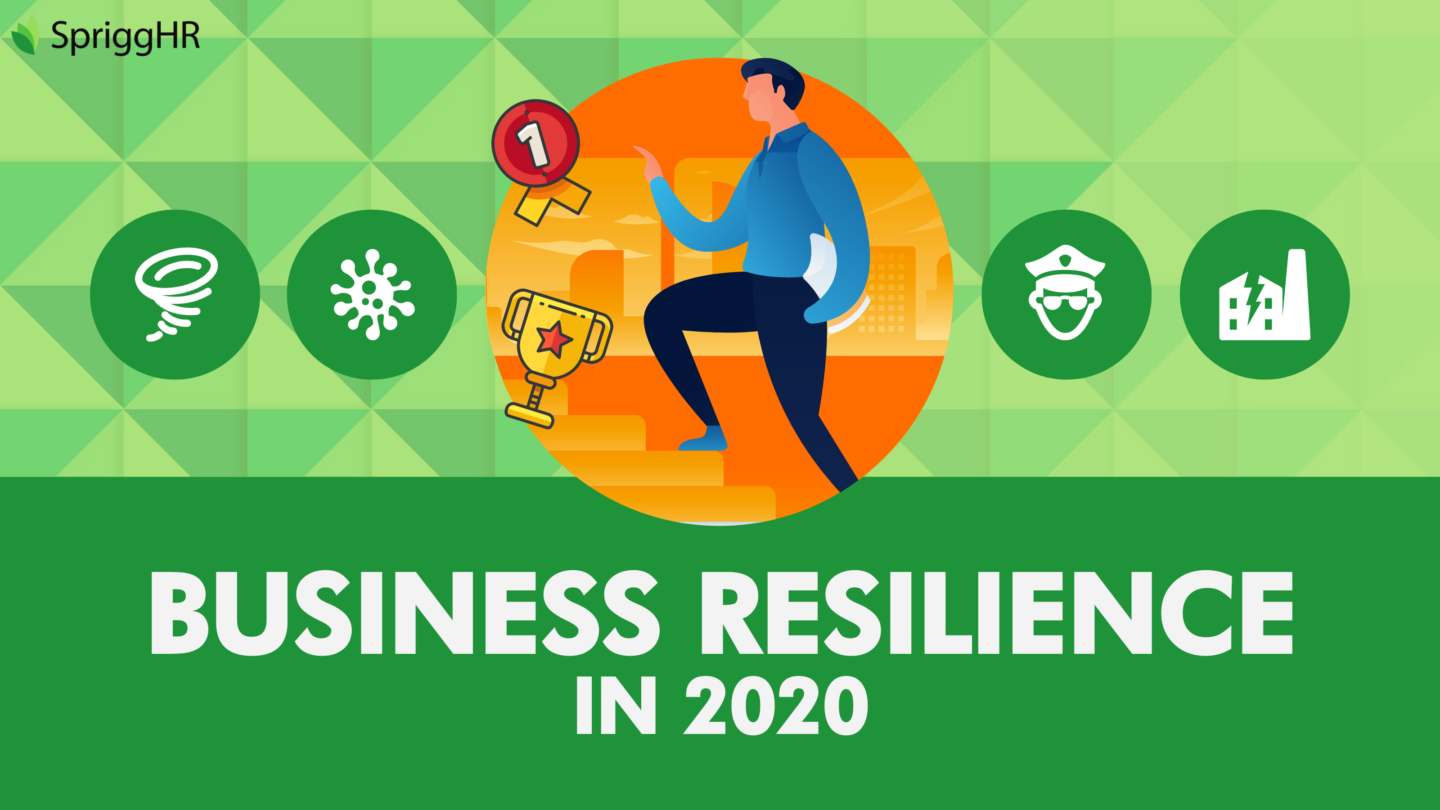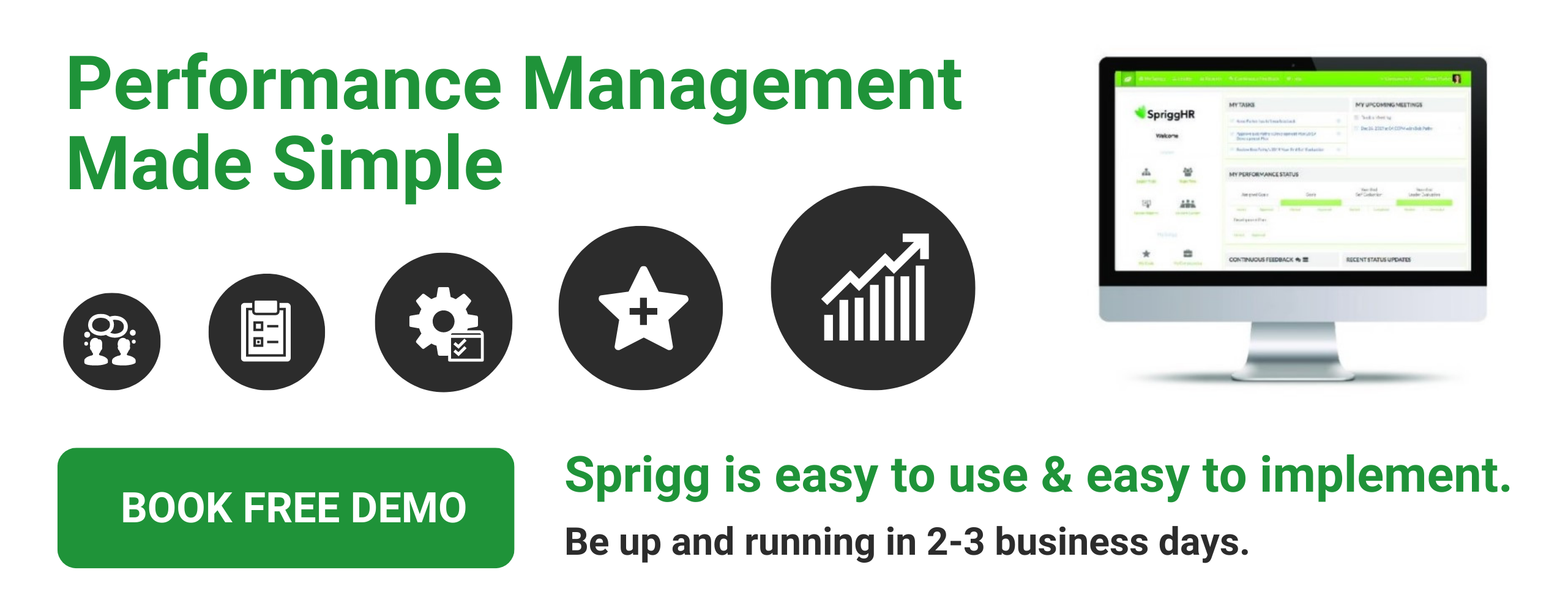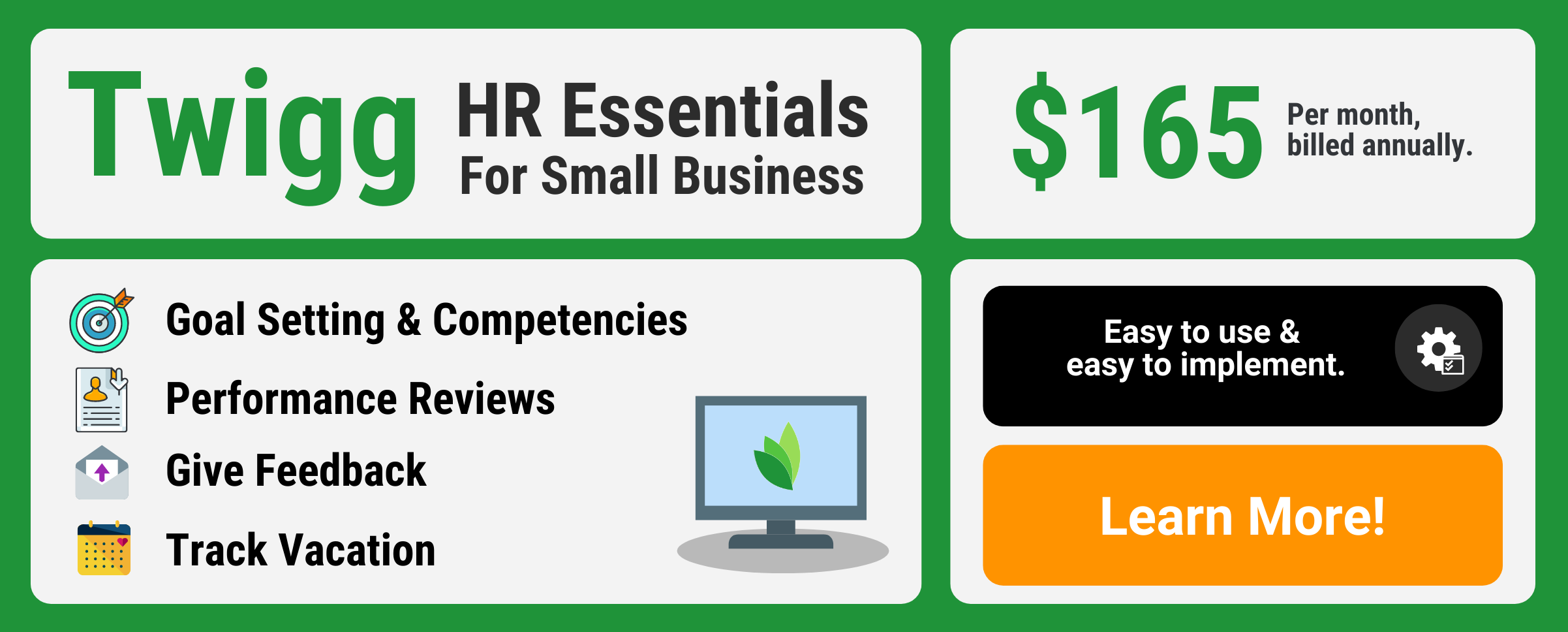
Business Resilience in 2020
In a current global situation where countless businesses are facing an unprecedented degree of disruption, those companies that have implemented a strong business resilience plan are seeing the benefits clearer than ever.
What is Business Resilience?
Business resilience is defined as the ability that a company has to quickly adapt to disruptions, while maintaining continuous business operations and safeguarding its people, assets, and overall brand equity and image.
It is an enterprise-wide term that encompasses both crisis management and business continuity, responding to all types of risk that a company may face. As well as providing a framework to address the consequences of major incidents, business resilience also relates to the ability of the company to adapt to new environments and circumstances that follow the incident.
When Does Business Resilience Become Important?
Success hinges on the company’s ability to accurately predict the next economic cycle, entrusting economic experts to anticipate macroeconomic events, and putting business resilience plans on the backburner if the threat level is deemed low.
Now more than ever, organizations are feeling the negative effects of neglecting their business resilience strategy. Current research will point to outdated lists of potential business operations threats, that mention somewhere along the line the threat of pandemics, amidst other unpredictable risks such as natural disasters or terrorist-related incidents. Because of the catastrophic nature of these risks, many organizations did not prioritize implementing business resilience strategies on a large, long-term scale, simply due to the complete unpredictability that such an occurrence would happen in the organization’s lifetime. As a result, companies all over the globe took large, long-term financial and reputational hits once COVID-19 initiated one of the largest economic downturns in modern history.
However, business resilience is not a strategy unique to global economic disruptions on a pandemic scale. While businesses with strong resilience strategies in place are able to bounce back faster from such a challenging and disruptive obstacle, business resilience is integral in day-to-day operations as well. Ultimately, your business is and always will remain uncertain. There is no checklist of organizational maneuvering that will ensure your company can whether any storm, because the storms themselves are at their very nature, unpredictable. While a global pandemic is at the forefront of many companies’ problem-solving strategies right now, some other areas that have the potential to cause long-term harm at any point, include:
- Natural disasters
- Economic disruption and market turbulence
- Terrorist-related incidents
- Cyber-crime and cyber terrorism
- Civil emergencies, strikes, protests, and similar actions
- Compliance failures
- Disruptive technological advances
- Technological failure
- Supply chain failure
In order to ensure the resilience of your organization in the face of these varied risks, it is critical to have a strong business resilience strategy. But where do you begin?
Steps to Ensure Good Business Resilience
Business resilience plans are more than abstract understandings of what a company should do in face of imminent risks. A strong, thorough business resilience strategy should encompass four general strands:
- A business continuity plan, which plans out and rehearses a response to all identified, likely, or anticipated operational disruptions and risks.
- A disaster recovery plan, which provides the organization a strategy to recover from real disasters.
- A value protection plan, which ensures shareholder value and stakeholder relations are protected in times of disruption.
- An exploitation plan, which enables the company to identify, and exploit, commercial opportunities that may present themselves during times of substantial disruption.
An Emergency Response Plan is Not Enough
As previously mentioned, the risks facing the long-term financial stability of an organization are much more varied than widespread disruptions that cause macroeconomic downturns globally. Your organization may be prepared to face direct risks in the moment, but a critical component of business resilience is a structured plan of action for dealing with unpredicted circumstances after the fact.
For example, if there were to be a sudden collapse of a floor into an office space, or a water leak into a building’s server room, that prompts immediate evacuation at the direction of local authorities, your organization likely already has a response plan in place. Your designated emergency team will begin their orderly, rehearsed evacuation, as per the documented evacuation procedures, and all office members will be evacuated safely as planned. But what happens if local authorities need to close the building indefinitely due to safety risks, or inspection that deems it unsuitable for business operations? Access to the building to retrieve supplies is limited, and a full reoccupation date is unknown. What happens now? Is there a plan in place that will keep operations going, a method to continue business in the new, post-risk circumstances?
It is situations like these that a business continuity strategy is critical. While emergency prevention and response plans are absolutely necessary for the safety and well-being of employees in the moment of risk itself, it is the business resilience plan that can ensure long-term safety following the disruption. A strong business continuity plan is the cornerstone of effective planning efforts and frames your ability as an organization to successfully respond, resume, and recover.
Framing this same example in terms of the actual reality of many businesses today, the abrupt order of displacement and remote work resulted in enormous disruption of operations for companies accustomed to in-office, interpersonal collaboration and work. While responding to the global pandemic in its immediacy hinged on the orders of local authorities and the World Health Organization advisories, the action plans for how to go about continuing business for those displaced companies was the responsibility of the company alone.
The key items to include in an effective business continuity plan include:
- Business Impact Analysis (BIA)
- Essential Functions (defined and prioritized)
- Vital Records and Resources Plan
- Risk Assessment (RA)
- Risk Management Plan
- Readiness Handbook
- Alternate Site Procedures
- Emergency Response Plan
- Communications Plan
- Delegation of Authority
- Incident Command Structure
- Succession Plans
- Return to Normal Operations Plan
The Key to Business Resilience is Flexibility
While there are frameworks to follow, actionable items to cover, and quantifiable risk measurements to gauge the success of your business resilience strategy, any strong business resilience plan originates in a careful examination of what resilience actually means to your organization specifically. What is the mission and vision of your company? Who are your customers? Your potential shareholders? How much can you bend, before you actually break?
Certain components of daily operations will be inherently more flexible than others. There are many moving parts that drive day-to-day operations, so when there is significant upheaval, an immediate prioritization / triage exercise needs to take place in order to minimize the impact. Business resilience planning relies on the ability to identify those essential functions, and prioritizing which components are critical to be performed in times of distress.
Similarly, it is important to recognize which specific functions, resources, and personnel are not essential in keeping you in business when times are strife. Effective business resilience planning involves establishing an acceptable base-level plan of operations. Keeping the essential on board, while pausing those more flexible components, can help stretch resources and keep the organization running through those times of distress. A critical component of becoming a resilient organization is identifying your company’s vulnerabilities and preparing yourself to protect them in order to stay in business.

Business Resilience is the Key to Long-Term Success
The world has seen several periods of disruptive global crisis events – natural disasters, political unrest, and now, a global pandemic – all of which have severely impacted global commerce. While these types of disruptions cannot be controlled, nor predicted, building resilience and recoverable operations can be controlled. When an adverse, harmful event strikes, it is not enough for your organization to get back on its feet once the storm is over. You need to be able to use this as an opportunity to stay ahead of others, stay on the forefront of the competitive market, even in face of unfamiliar challenges. Essentially, you need long-term resilience.
In a world where “long-term” means uncertainty, permanent flux, and unpredictability, in a global situation where looking into the future is as vague and unnerving as examining the day-to-day challenges, organizations need more than just agility in the way they manage and move on from risk to opportunity. Truly resilient companies look for growth in all situations, no matter how unfamiliar – and those with the right business resilience plan have the strategies necessary to capture them.






